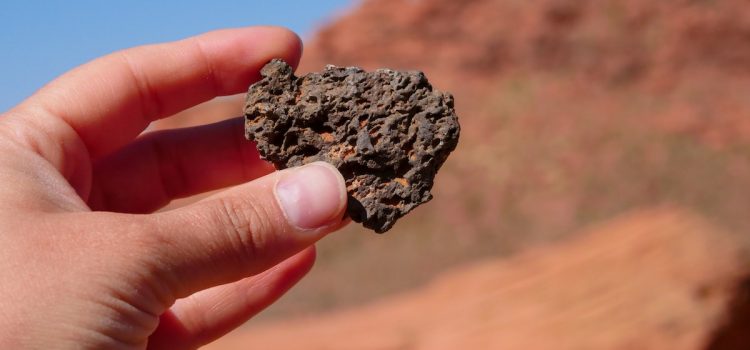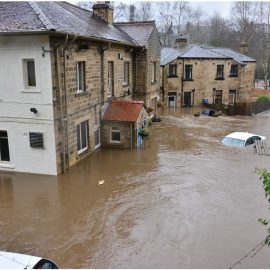

This article is an excerpt from the Shortform book guide to "A Short History of Nearly Everything" by Bill Bryson. Shortform has the world's best summaries and analyses of books you should be reading.
Like this article? Sign up for a free trial here.
How old is the Earth? What’s below the Earth’s surface? What’s plate tectonics?
In A Short History of Nearly Everything, Bill Bryson provides an accessible overview of the natural sciences. In his discussion of geology, he explains the age of the Earth, the Earth’s interior structure, plate tectonics, and ice ages.
Keep reading for a brief introduction to these geology basics from Bryson.
The Age of the Earth
An explanation of geology basics wouldn’t be complete without a discussion of the Earth’s age. Scientists believe that the Earth formed about 4.6 billion years ago. When and how did they arrive at that estimate? Bryson explains that scientists didn’t know how old the Earth was until the mid-1900s when lead-uranium radiometric dating was developed.
By knowing the decay rate of uranium, you can calculate how long it’s been since a uranium-bearing rock solidified by measuring the ratio of lead to uranium in the rock. Most of the rocks on Earth cooled more recently than the Earth itself. So, to determine the age of the Earth, scientists resorted to dating meteorites, operating under the assumption that all the objects in our solar system formed at about the same time.
The Interior Structure of the Earth
We actually know relatively little about Earth’s interior because we can’t directly observe it—even the deepest mines and boreholes barely scratch the surface. So, scientists have to resort to indirect methods of probing the Earth’s interior.
By comparing readings from seismographs in different locations, scientists can identify regions of different densities within the Earth. According to Bryson, scientists have deduced by this method that Earth has four distinct layers: the outer crust, the mantle, the outer core, and the inner core.
Plate Tectonics
Scientists can also observe continental drift: the motion of different land masses and portions of the sea floor relative to each other. These observations imply that Earth’s land masses are riding on “plates” of solid rock that slide around on top of Earth’s molten interior. Convection currents in molten rock are thought to be the driving force behind the movement of these continental plates.
But, Bryson continues, even at Earth’s surface, plate tectonics is not an exact science either. He describes how scientists can infer the past locations of continents by matching fossils or other rocks that were unique to a certain area but were split up when the continents drifted apart. However, as they try to piece together a map of Earth’s continents over geologic history, the map looks different depending on which fossils they use.
| Multiple Pangeas The traditional theory of plate tectonics holds that all of Earth’s continents were once united in a single supercontinent that eventually broke apart. As Bryson points out, there are numerous anomalies that make it difficult to figure out exactly how our modern continents fit together in the original supercontinent. But new studies suggest that there wasn’t just one supercontinent (the so-called Pangea), but rather several successive supercontinents over the course of Earth’s geologic history. The periodic fragmentation of supercontinents into continents and reassembly of the continents into a new supercontinent could explain some of the anomalies in how the continents appear to fit together: The continents may have fit together in different ways at different times. |
Ice Ages
According to Bryson’s exposition, while Earth’s molten interior has certainly played a role in shaping the planet’s surface, ice has arguably played an even greater role. All over the world, we find valleys that were carved out by glaciers as well as moraines. Scientists infer that almost all of the Earth’s surface has been covered by ice at some point.
There’s no consensus about exactly what causes ice ages to begin or end. Slight variations in Earth’s orbit or the tilt of its axis may be a factor. Volcanic eruptions could play a role. Furthermore, Bryson explains, there’s evidence that global temperatures sometimes rise or fall enough in just a few decades to bring on an ice age or signify the end of one.

———End of Preview———
Like what you just read? Read the rest of the world's best book summary and analysis of Bill Bryson's "A Short History of Nearly Everything" at Shortform.
Here's what you'll find in our full A Short History of Nearly Everything summary:
- An accessible overview of the natural sciences
- A full history of the universe, Earth, and life as we know it
- A look at the unknowns and controversies that still exist in the sciences






